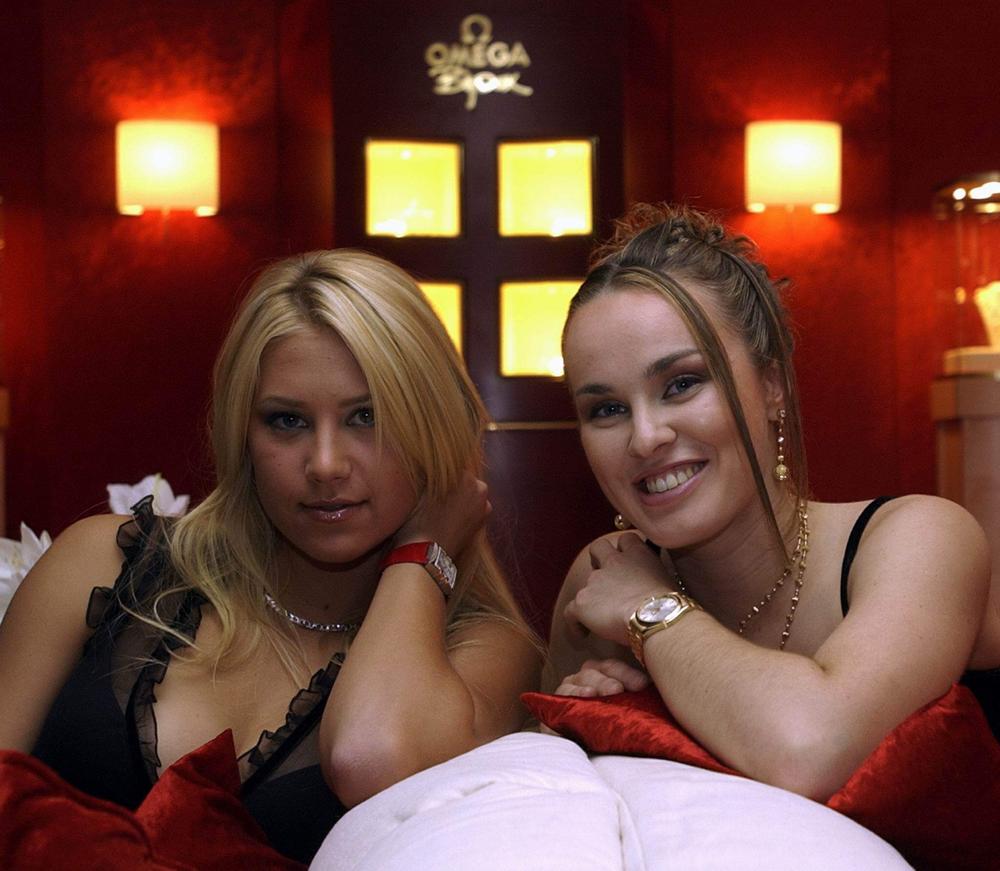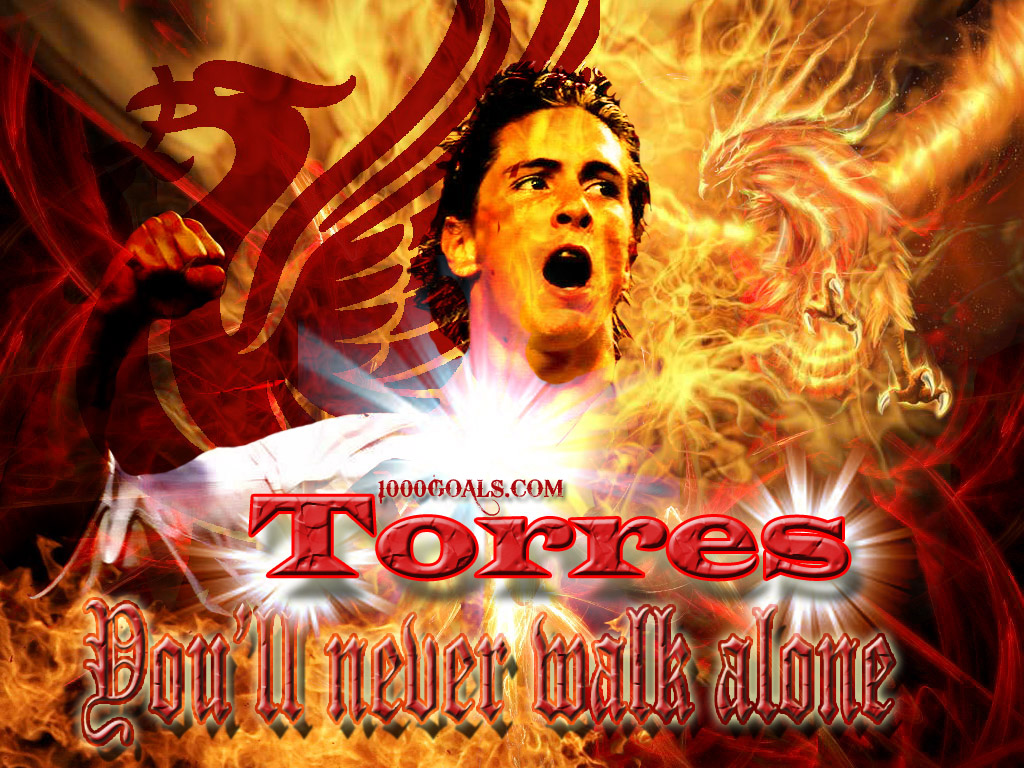Western Michigan basketball players David Kool, left, and Andre Ricks, right, are blended in a photo illustration. While the players blend easily as teammates, views from the outside often seem to be based on stereotypes of black and white.
player David Kool did his best not to squirm. He simply couldn't help it, repeatedly replacing the phrase "white people" with "we" or "us" or "um, um."
His point was made -- both in what he was trying to get across and just how uncomfortable the subject matter remains.
"Growing up and seeing ... when you look on the other side of the floor, it was always a different feel," Kool said later, pausing rather than spitting out the term "African Americans" or "black kids."
"You get more butterflies in your stomach and think, 'Uh, oh, here we go again. We're going to get beat up again.' You get over that when you get a little older and realize that has nothing to do with it."
Kool's caution with his language is human nature, as are his thoughts, whether many of us will admit to it.
Spelling out every emotion or opinion you've ever had about race is dangerous in a world where one off-the-mark comment, even if only for discussion's sake, can permanently damage a reputation.
Western Michigan University's men's basketball team is different than most at the NCAA Division I level -- it starts four white players and has five more on its 15-man roster. A year from now, it'll be more the norm, as all six incoming players are black.
In a sport riddled with stereotypes about white and black players, this year's Broncos seem perfect for a study on racial perceptions in college basketball.
"Guys like Shawnee (Shawntes Gary) can jump out of the gym. You see me, I can't even dunk the ball," Kool, who is white, said of Gary, who is black.
In some ways -- vertical leaps included -- Kool and Gary and many of the other Broncos players drive the stereotypes that remain imbedded in college basketball's recruiting circles and the outside world.
But they are also examples of what happens when impressionable young people are thrown into an environment with balance -- racially and culturally. And, outside of a few uncomfortable stammers, they can articulate it profoundly.
"I think people look over that a lot, what all it brings to the table," Gary said. "People see us out on the court and they wouldn't know how close we are when it comes to being off the court. Besides a couple of people, I don't hang out with anybody here besides my teammates. You learn so much."
"Part of the world tells you not to be a family and likes to split us apart," Kool said. "I think being on an athletic team, being on the floor and spending each and every day with guys like this ... you really learn to value the heart of a person."
Kool may value the heart, but it was the quickness of his white feet -- or perceived lack thereof -- that was more the question for recruiters, and he's well aware of it.
"Just the perception of athleticism. That's a huge thing (coaches) look for when they're recruiting," said Kool, who won the state's Mr. Basketball award as a senior at Grand Rapids South Christian but didn't receive a scholarship offer from Michigan State University or the University of Michigan after tearing a knee ligament six months before the season. "That's what people didn't see in me. And I think the bigger teams like that kind of shied away, and, I mean, that's fine if that's what they want to do. I just live every day of my life trying to prove them wrong."
You could probably replace Kool's name with others across the country and read similar thoughts.
"You always talk about athleticism when you talk about white players," said Larry Butler, coach of one of the nation's elite AAU programs, the Illinois Warriors. "If a white kid is being recruited, how tough is he? With the black athlete, you're talking about skill and shooting."
The perceptions of black players, especially those from the inner-city, can be more insulting. It's one thing to question one's coordination -- most of us will admit our limitations there. It's another to belittle the mind.
"The stereotype on African American athletes is, 'I know he can play, I know he's athletic, but can he handle it through school?'" said Andre Ricks, a junior from Detroit who carries a grade-point average close to 3.0.
"Come in here and look at our grades," Kool added. "You wouldn't be able to tell the difference (between the white and black players) if there wasn't a name behind it."
"You go recruiting, there are stereotypes that have been in place for years," WMU coach Steve Hawkins said. "Some of them are legitimate and some of them aren't. Stereotypes are just that."
For example, center Joe Reitz is, admittedly, a plodding white guy. On the other hand, forward Andrew Hershberger, every bit as Caucasian, was recruited for his athletic ability. African-born Silver Laku is one of the best shooters on the team, but is not among its best athletes.
"Two years ago we had a lot of white guys on the team and couldn't shoot worth a dang," Hawkins said. "We were an awful shooting team. You want to talk about breaking stereotypes, we were miserable."
Off the court, as Hawkins is quick to point out, Reitz, a two-time Academic All-American, spends his free time laughing at "The Simpsons" and "Family Guy," while Gary plays Jazz piano.
Yet, even if unintentionally, Hawkins' program can feed the outside stereotypes this son of diversity-rich Ventura, Calif., says he's careful to not let cloud his judgment. Next season, WMU is replacing five white players and one originally from Sudan with five black players and a native of Gambia -- all as the program aims to become "more athletic."
"It just happened to work out that way. At the same time, not only were these kids athletic, but from a skill standpoint they were exactly what we were looking for," said Hawkins, who also praised the stereotype-busting personality and intelligence of the incoming class.
Why does this matter? Because building a roster too heavy on one race can make the families of potential recruits uncomfortable and leave a program as a target in a competitive, if not always ethical, recruiting landscape.
"We've definitely gotten to the point where colleges have to balance out their roster to avoid stereotypes," Scout.com scouting director Dave Telep said. "In recruiting ... whether you have too many white guys or too many black guys, too many of anything can be used against you in a hurry."
Hawkins is all too familiar with this.
"I'm not naive," he said. "I know it because I've heard it recruiting. I know that people have used the fact that we have a lot of white guys against us in the recruiting process.
"We need a balance of athleticism, a balance of size, a balance of ability to throw the ball inside and to shoot from the perimeter. How it comes in terms of color, it doesn't matter to me."
That it's come from so many different backgrounds recently, though, is a quality this team enjoys and benefits from.
The examples are many and, as is the case with most perceived racial differences, more cultural than skin tone.
Ricks' Thanksgiving trip to Gary's home in Elkhart, Ind., where the two came across an Amish buggy on the road, led to quick education.
"He said, ''Tes (Shawntes), what's that cart doing on the back of that horse?'" Gary said, laughing.
"I was like, 'Whoa, what's going on?'" Ricks said. "Then 'Tes was like, 'This is how we do it down here.'"
"I can remember when I first met Dre, and Dre, he's an interesting cat," began Reitz, a native of Fishers, Ind., a predominately white suburb of Indianapolis. "Just to talk to him about life growing up in inner-city Detroit. I remember calling my dad right after that and having a conversation about just how special it is that I've gotten to meet these guys from different places and different backgrounds. The stuff like that can help me relate to anyone I'm going to meet the rest of my life."
Said Hawkins: "If you will take the time to get to know people, not whether or not their pants are sagging, not whether or not they've got their hair braided, not whether or not they have earrings in or tattoos, not whether or not he's black, he's white or where he's from -- if you will take the time to get to know people, your faith in humanity can be restored."
We'll know that's actually taking place when Andre Ricks doesn't feel he's viewed as intellectually inferior and David Kool doesn't live to prove people wrong.
Whether they are actually victims of prejudice doesn't matter. This is about perception.
























































